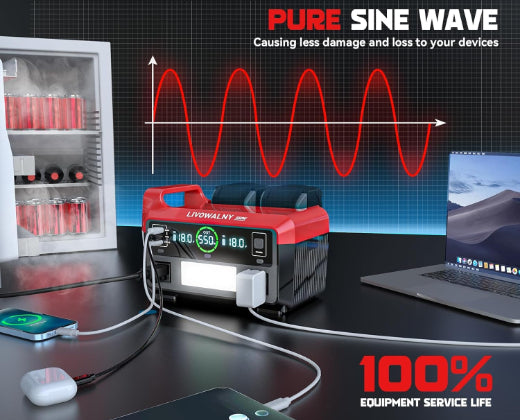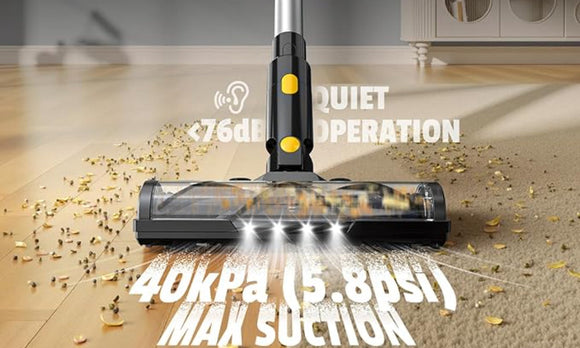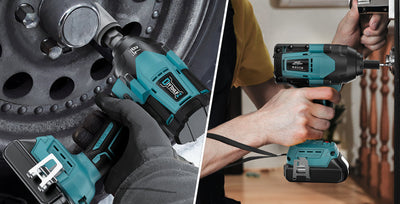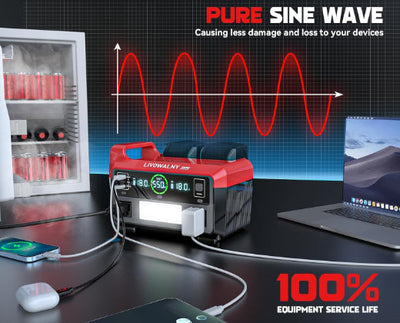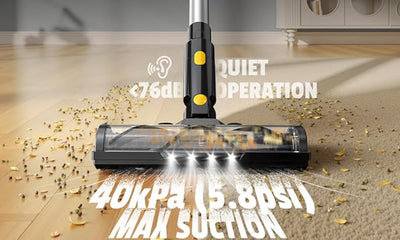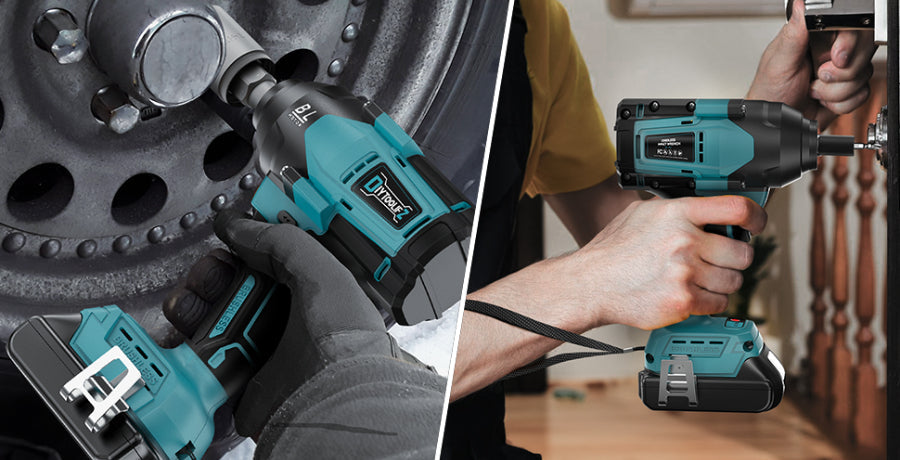
CORDLESS IMPACT WRENCH VS. IMPACT RATCHET: KEY DIFFERENCES AND USAGE GUIDE
If you're building out your tool collection, you've likely heard about the raw power of impact tools. They can loosen stubborn bolts and zip on nuts faster than you can blink. But when you see a cordless impact wrench and an impact ratchet side-by-side, it’s easy to wonder: "Aren't they basically the same thing?"
Not quite! The core of the impact wrench vs ratchet debate comes down to this: while they share the "impact" name and use a hammer-and-anvil mechanism to deliver shocking bursts of torque, they are designed for very different jobs. Choosing the wrong one can mean a tool that doesn't fit or a project that takes twice as long.
Impact Wrench vs. Impact Ratchet: The Key Differences
1. Power & Torque
Impact Wrench: The undisputed champion of torque. Modern cordless impact wrenches can generate anywhere from 200 ft-lbs to over 1,000 ft-lbs of torque. They are built to handle the big, bad, and rusted-fast fasteners that would break a standard tool.
Impact Ratchet: Significantly less powerful. Most impact ratchets deliver between 50 and 250 ft-lbs of torque. They aren't meant for breaking lug nuts or suspension components. Instead, they excel at tasks within their power range, saving you from the tedious back-and-forth of a hand ratchet.
2. Size & Access
Impact Wrench: Relatively large and bulky. Even compact models have a significant head size due to the mechanism and the square drive(typically 1/2-inch) needed to handle the high torque.
Impact Ratchet: This is its superpower. It has a low-profile head, similar to a standard hand ratchet, with a 3/8-inch square drive being most common. This slender design allows it to slip into incredibly tight spaces.
3. The Anvil
Impact Wrench: Uses a square drive anvil(like 1/2" or 3/8") that you lock a socket onto. It’s designed for high-torque applications.
Impact Ratchet: Has a ratcheting anvil. Just like a hand ratchet, you can flip a switch to change direction (loosen/tighten) and it ratchets when moving the tool back and forth by hand. This is essential for working in confined spaces where you can’t make full rotations.
When to Use Each Tool: Your Project Guide
Reach for the Cordless Impact Wrench when you need to:
- Change a tire or rotate tires.
- Work on suspension components, axle nuts, or brake caliper brackets.
- Disassemble lawn tractor wheels or ATV parts.
- Drive large lag bolts into wood for deck building.
Reach for the Impact Ratchet when you need to:
- Working inside an engine bay (manifold bolts, brackets, etc.).
- Removing intake plenums or valve covers.
- Anywhere you’d normally use a hand ratchet but have a high volume of fasteners.
- General automotive repair where space is limited but power is still helpful.
For most home mechanics and DIYers, the cordless impact wrench is the better first purchase. Why? Its ability to handle high-torque jobs like tire changes and suspension work is a game-changer that saves immense time and effort.
However, if you are a professional automotive technician or a serious hobbyist who spends hours working in engine bays, the impact ratchet quickly becomes an indispensable time-saver.

